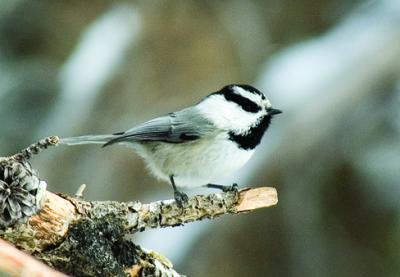
In the next 30 years what are scientific models predicting for birds and climate change in Montana?
New research suggests we — and the birds — may be in for some startling changes over the next three decades. When scientists “roll up” the various scenarios for future climatic conditions, many birds are predicted to shift their ranges, primarily north but also higher in elevation, as they attempt to track climate, food, and habitat conditions. This past year the National Audubon Society released an exhaustive report in which they modeled shifts in North American birds based on “bioclimatic envelopes” (suitable climate conditions for each species) both today and then into the future, given possible scenarios for increases in carbon pollution. Over 100 Montana bird species were found to be imperiled; by 2050 it is projected they would no longer be able to survive in more than half of their current range. Finding suitable habitat within their required climate range will likely challenge many, even some of our common birds like Mountain Chickadee, Clark’s Nutcracker, and Osprey.

In 2045, what will the challenges be, with regard to patterns of migration or breeding in Montana?
Our birds migrate based on many factors, primarily temperature, other weather conditions, and day length. Already some songbirds are migrating earlier each spring; however, the challenge for many by year 2045 will be whether habitat and food is available along route and on the breeding grounds. Studies show that alpine flowers are already blooming weeks early, and the hummingbirds that rely on flower nectar are not tracking this shift. Becoming “out of sync” with needed food could be an increasing challenge. Long-distance migrants have a more challenging time tracking local conditions and weather than those birds that migrate from nearby. Once birds are on the nest, we only hope that climate change does not bring repeated wacky weather — too hot or too cold or too stormy. Our migrating and breeding birds will need healthy habitats, and we Montanans will no doubt be working in these coming decades to keep the trees, shrubs and grasslands healthy, the weeds down, and the wetlands and rivers flush with seasonal water. Finally, we just may see new Montana species as those from the south expand their range and head our way.
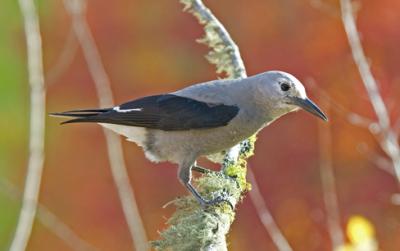
Does the impact vary for different families of bird species — songbirds, raptors, etc.?
Research suggests that it is not so much families but rather the “ecological niche” that species inhabit. Birds that are “generalists”— those that can thrive in a wide range of habitats, who don’t mind humans, and enjoy a varied diet — are predicted to have an easier time adapting to changing conditions. Robins, crows, and ravens may do just fine. Those with specific ecological needs will likely be more impacted. For example, the uncommon Black Swift nests only behind waterfalls (which could run dry with fewer glaciers and less mountain snowpack) and eats exclusively flying insects (which may not hatch at the time they are needed to feed their young). Trumpeter Swans are tied to particular wetlands, needing the right amount of water to successfully raise cygnets. Harlequin Ducks need fast moving yet predictable waterways so their streamside nests don’t flood. Other examples abound.
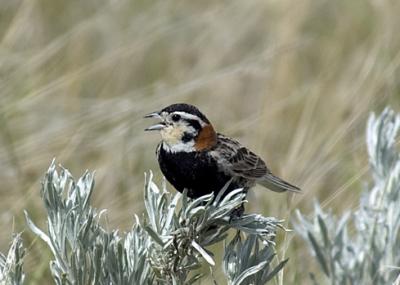
By 2045, what birds could go extinct due to lack of food and places to live? Which have the hardest time surviving?
According to Audubon’s Birds and Climate report, some of our most imperiled birds include declining grassland species like Chestnut-collared and McCown’s Longspurs and Long-billed Curlew. We’re also concerned about those species that live high in the mountains, above tree line. As conditions warm and shrubs and trees move up the mountainside, species like White-tailed Ptarmigan and Gray-crowned Rosy Finch, who already live near the top, will really have nowhere to go!
By 2045, will enough citizens be involved in vital conservation changes, such as reducing carbon pollution and protecting sensitive areas? What good practices do you urge?
Great question. The future is full of opportunities, and everywhere I turn I am inspired by those actively building a more sustainable future. Thirty years of innovation, action, and forward-thinking policies can bring us to a healthier place.
How much change may be in store for our birds clearly depends on how rapidly we rein in global carbon pollution. These rather drastic predictions for our birds are, to a large degree, based on “business as usual” regarding the burning of fossil fuels. The faster we turn toward renewable energy and energy conservation, the more native shrubs and trees we grow and local food we eat, the less likely we’ll experience wildlife extinctions.
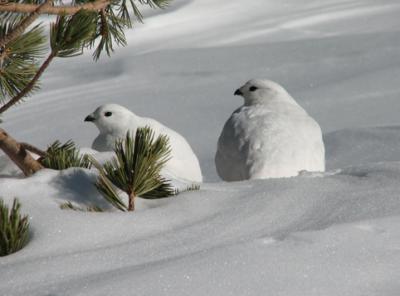
Much of what we know today about where our birds live and how they’re faring comes from citizen scientists. In fact, the Audubon Report relies in part on findings from the popular Christmas Bird Count, conducted annually by thousands of volunteers across Montana and beyond. Advances in technology are making it easier for wildlife watchers to share data, from the arrival of the first hummingbird in spring, to annual flowering dates, to nest sites of birds everywhere. Looking ahead 30 years, today’s youth and millennials, many of whom are already working to build a better future, will, I hope, be excited to contribute to science via a cool app on their smart phone — or whatever the new technology allows.
We’re also increasingly working together, in private and public partnerships, to engage in “climate smart conservation,” building resilient habitats and protecting strongholds that can help our wildlife survive in the face of change. Opportunities abound for individuals to join these efforts.
Finally, I believe that in the coming decades, maybe even this one, most people will recognize that climate change is not solely an environmental problem, and we’ll work together to create a healthier future for people and our communities. Let’s get busy today, and in 2045 we will thank our younger selves.


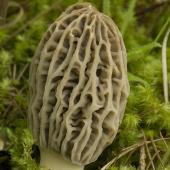

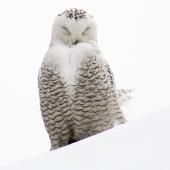
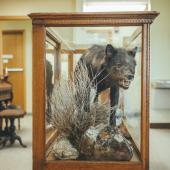


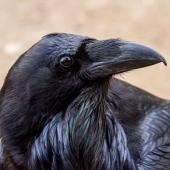
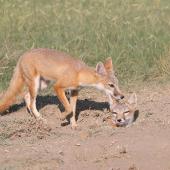
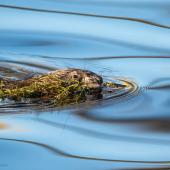

Leave a Comment Here